Call us now!
(323) 263-7593
Electroplating & Electropolishing
ELECTROPLATING & ELECTROPOLISHING
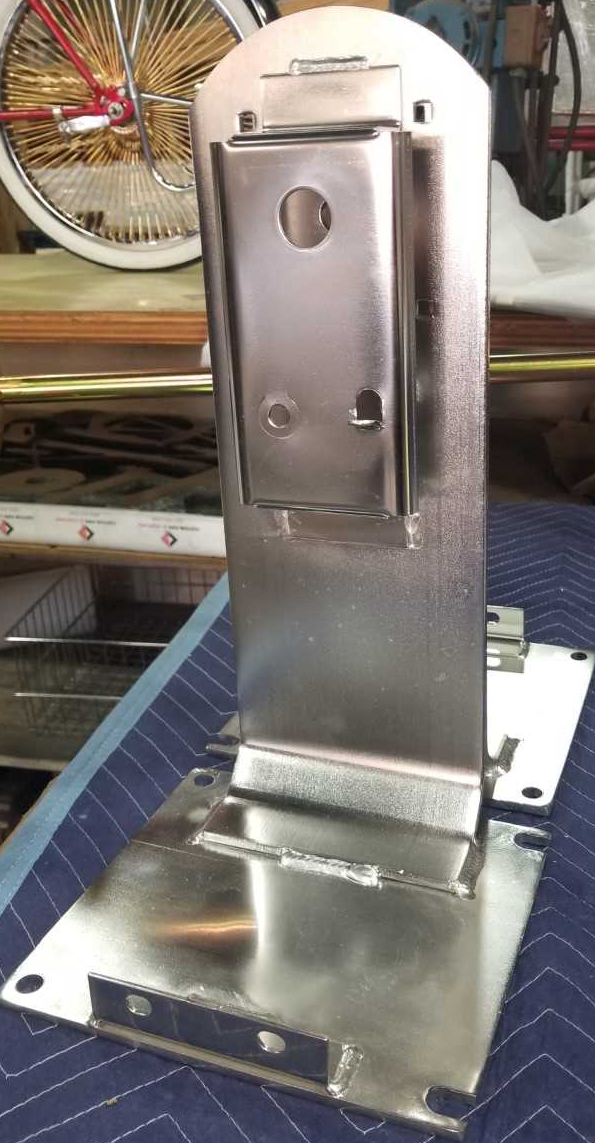
ELECTROPLATING
Electroplating, the process of coating a metal object with a thin layer of another metal by means of electrolysis. Electroplating is used to give metal objects a better appearance or to protect them from corrosion, wear, or rust.
Electroplating is primarily used to change the surface properties of an object (e.g. abrasion and wear resistance, corrosion protection, lubricity, aesthetic qualities, etc.), but may also be used to build up thickness on undersized parts or to form objects by electroforming.
Tableware, trays, decorative pieces, and jewelry are plated with gold or silver to make them more attractive. Copper is coated with chromium to protect it from corrosion. For the same reason iron and steel are plated with nickel, chromium, tin, zinc, or cadmium. Tin cans, for example, are tin-plated steel, and the chrome trim on automobiles is chromium-plated steel. Platinum, palladium, and rhodium are used to coat other metals with a hard, corrosion-resistant surface.
Electroplating, the process of coating a metal object with a thin layer of another metal by means of electrolysis. Electroplating is used to give metal objects a better appearance or to protect them from corrosion, wear, or rust.
Electroplating is primarily used to change the surface properties of an object (e.g. abrasion and wear resistance, corrosion protection, lubricity, aesthetic qualities, etc.), but may also be used to build up thickness on undersized parts or to form objects by electroforming.
Tableware, trays, decorative pieces, and jewelry are plated with gold or silver to make them more attractive. Copper is coated with chromium to protect it from corrosion. For the same reason iron and steel are plated with nickel, chromium, tin, zinc, or cadmium. Tin cans, for example, are tin-plated steel, and the chrome trim on automobiles is chromium-plated steel. Platinum, palladium, and rhodium are used to coat other metals with a hard, corrosion-resistant surface.
The process used in electroplating is called electrodeposition. The most common form of electroplating is used for creating coins such as pennies, which are small zinc plates covered in a layer of copper.
Our Electroplating, Anodizing, Passivation and Coating Services Include:
Zinc, Cadmium, Aluminum Anodizing, Hard Anodizing, Nickel, Electroless Nickel, Tin, Copper, Silver, Gold, RoHS Compliant plating, Passivation, and Coatings (Chromate Conversion Coating, Zinc Phosphate, Manganese Phosphate and Dow 7).
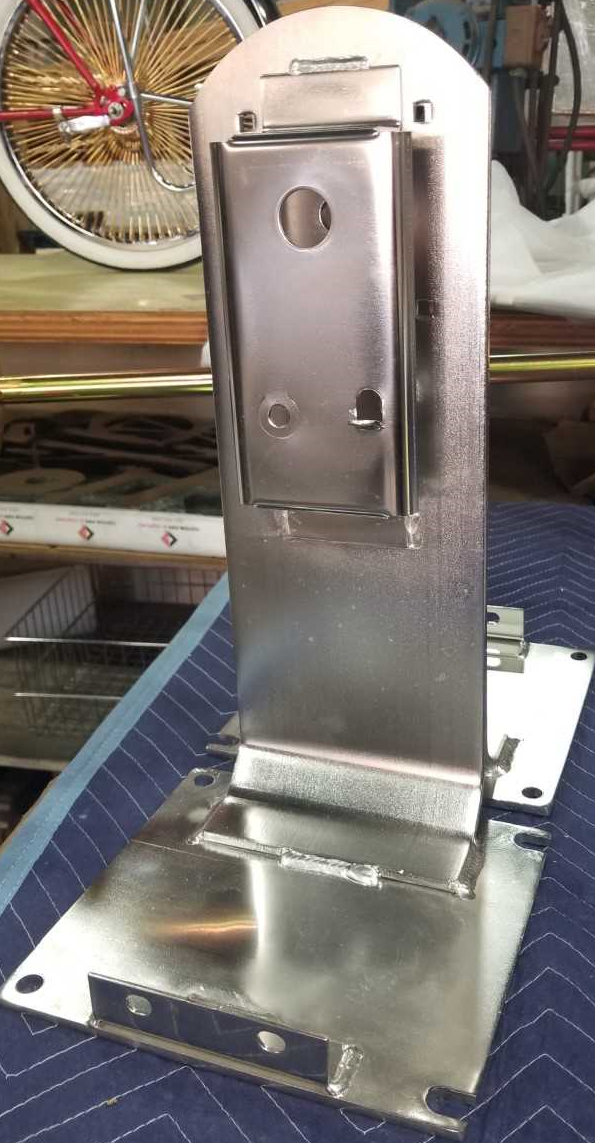
Electroplating, the process of coating a metal object with a thin layer of another metal by means of The process used in electroplating is called electrodeposition. The most common form of electroplating is used for creating coins such as pennies, which are small zinc plates covered in a layer of copper.
Our Electroplating, Anodizing, Passivation and Coating Services Include:
Zinc, Cadmium, Aluminum Anodizing, Hard Anodizing, Nickel, Electroless Nickel, Tin, Copper, Silver, Gold, RoHS Compliant plating, Passivation, and Coatings (Chromate Conversion Coating, Zinc Phosphate, Manganese Phosphate and Dow 7).
ELECTROPOLISHING
Electropolishing, also known as electrochemical polishing or electrolytic polishing (especially in the metallography field), is an electrochemical process that removes material from a metallic work piece. It is used to polish, passivate, and deburr metal parts. It is often described as the reverse of electroplating. It may be used in lieu of abrasive fine polishing in microstructural preparation.
Electropolishing has many applications in the metal finishing industry because of its simplicity and it can be applied to objects of complex shape. Typical examples are electropolished stainless steel drums of washing machines and stainless steel surgical devices. Electropolishing is also commonly applied to the preparation of thin metal samples for transmission electron microscopy because electropolishing does not cause mechanical deformation of surface layers usually observed when mechanical polishing is used. Ultra high vacuum (UHV) components are typically electropolished in order to have a smoother surface for improved vacuum pressures, outgassing rates, and pumping speed.
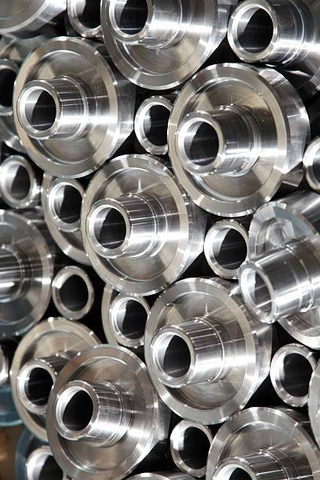
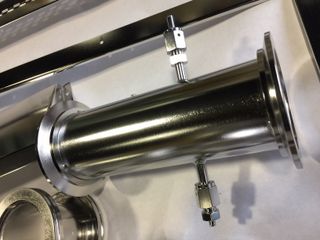
Passivation
coming soon
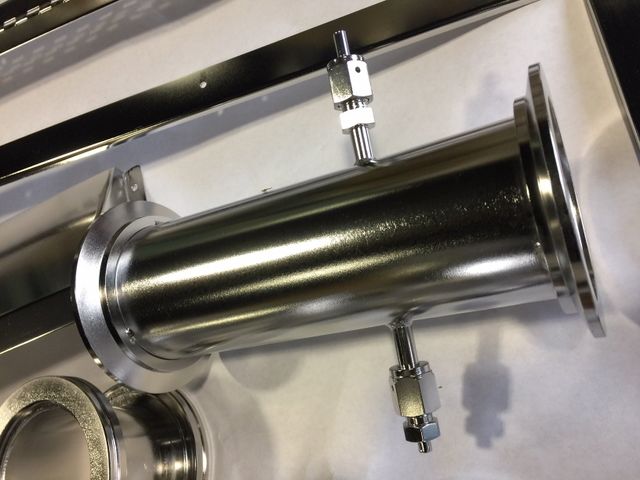
BENEFITS OF ELECTROPOLISHING INCLUDE:
Removes iron from the surface and enhances the chromium/ nickel content providing the most superior form of passivation for stainless steel.
- Provides a clean and smooth surface that is easier to sterilize.
- Polishes areas inaccessible by other polishing methods.
- Improves the surface finish by leveling micro peaks and valleys.
- Removes a small amount of material from the surface of the parts, also removing small burrs.
- Can be used to reduce the size of some parts when necessary.
- Results are seen by many as aesthetically-pleasing.
ELECTROLESS DEPOSITION
Electroless plating uses a redox reaction to deposit metal on an object without the passage of an electric current. Because it allows a constant metal ion concentration to bathe all parts of the object, it deposits metal evenly along edges, inside holes, and over irregularly shaped objects which are difficult to plate evenly with electroplating. Electroless plating is also used to deposit a conductive surface on a nonconductive object to allow it to be electroplated. This plating technique is to prevent corrosion and wear. Electroless has several advantages:
- Does not use electrical power.
- Even coating on parts surface can be achieved.
- No sophisticated jigs or racks are required.
- There is flexibility in plating volume and thickness.
- The process can plate recesses and blind holes with stable thickness.
- Chemical replenishment can be monitored automatically.
- Complex filtration method is not required
- Matte, Semi Bright or Bright finishes can be obtained.
Applications of electroless plating include oil field valves, rotors, drive shafts, paper handling equipment, fuel rails, optical surfaces for diamond turning, door knobs, kitchen utensils, bathroom fixtures, electrical/mechanical tools and office equipment. It is also commonly used as a coating in electronics printed circuit board manufacturing, typically with an overlay of gold to prevent corrosion. This process is known as electroless nickel immersion gold.
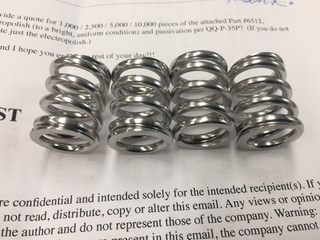

PICKLING
Pickling or chemical descaling, is a metal surface treatment used to remove impurities, such as stains, inorganic contaminants, rust or scale from ferrous metals, copper, and aluminum alloys. A solution called pickle liquor, which contains strong acids, is used to remove the surface impurities.
Get A Quote
Pickling is but one of several pretreatment steps available for preparing an article for further processing such as passivation or electropolishing, or to perform a superior cleaning operation of welded structures.
Prior to pickling, the heavy surface soils such as oil, grease, buffing compounds, drawing compounds, some scale, heavy rust, dye and paint markings, tape, adhesive residue and other foreign substances must be removed. This step may be accomplished by the use of alkaline cleaners, solvent cleaning, vapor degreasing, ultrasonic cleaning, steam cleaning, water-jetting, or other mechanical cleaning.
Pickling is typically performed to remove tightly adherent oxide films resulting from hot-forming, heat treating, welding and other high temperature operations. Welding or heat treatment often produce complex oxides that can vary in color. All these oxides are generally referred to as "scale" and must be removed
At General Brite Plating, we provide electroplating, electroless plating, electropolishing, and pickling services as needed to meet the needs of our clients. We can pickle or passivate any part that can be transported to our facility.
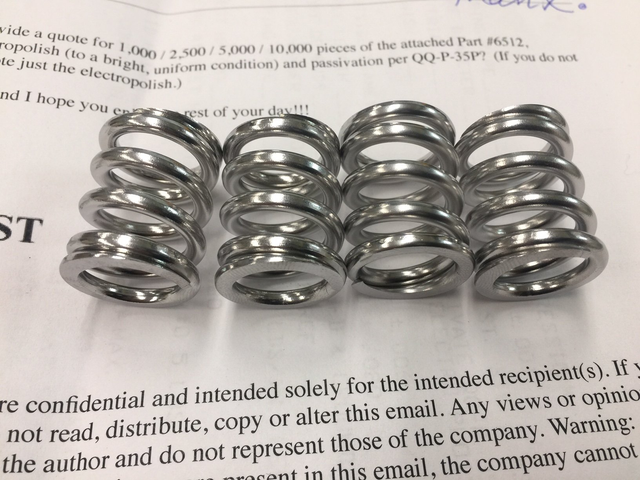
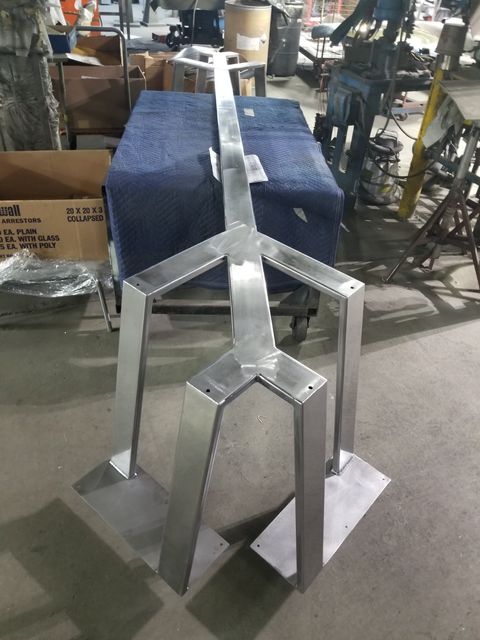
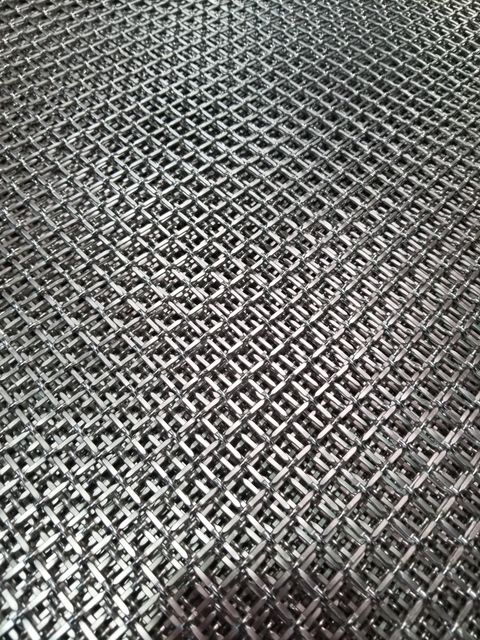


BROWSE OUR WEBSITE
CONTACT INFORMATION

- Mon - Fri
- -
- Saturday
- -
- Sunday
- Closed
VISIT OUR LOCATION
CONTACT INFORMATION

- Mon - Fri
- -
- Saturday
- -
- Sunday
- Closed
VISIT OUR LOCATION
Content, including images, displayed on this website is protected by copyright laws. Downloading, republication, retransmission or reproduction of content on this website is strictly prohibited. Terms of Use
| Privacy Policy
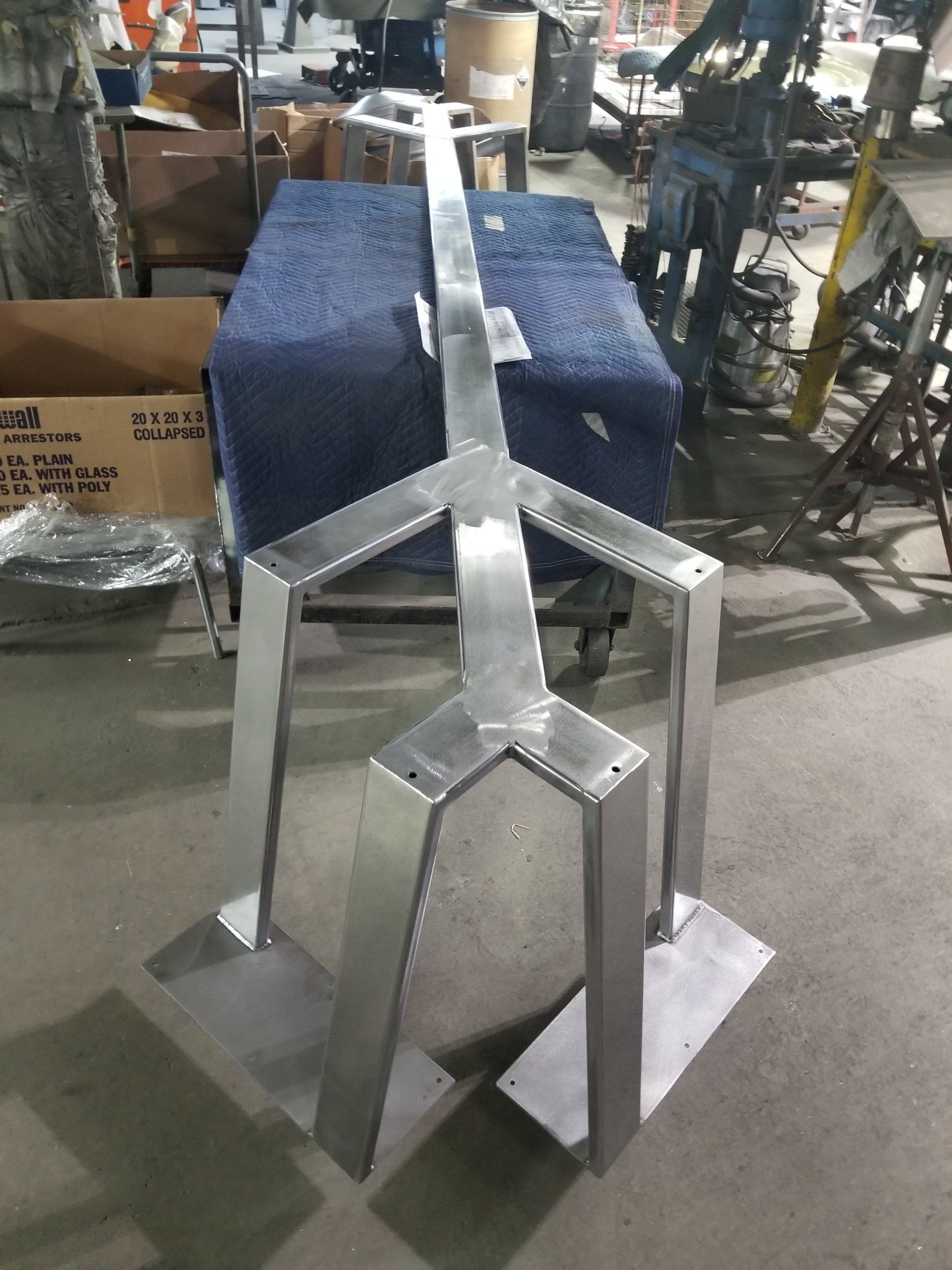
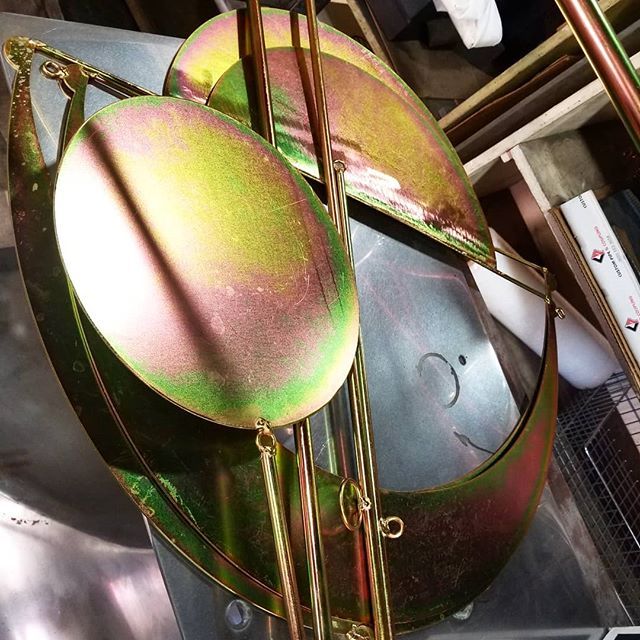
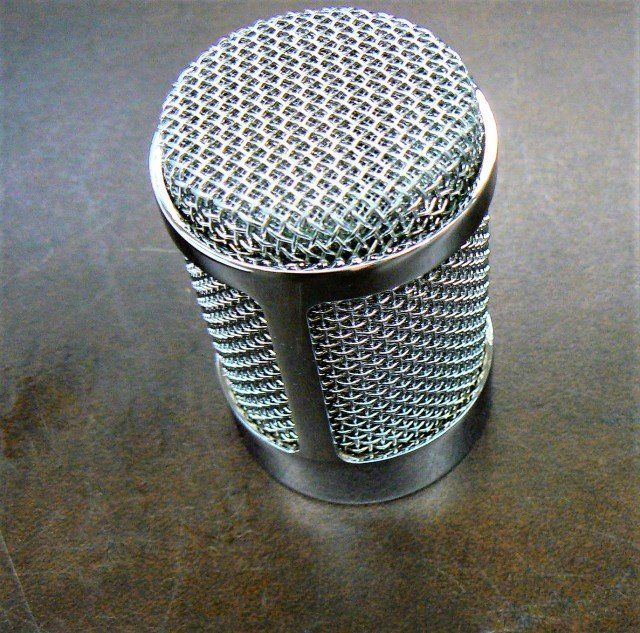
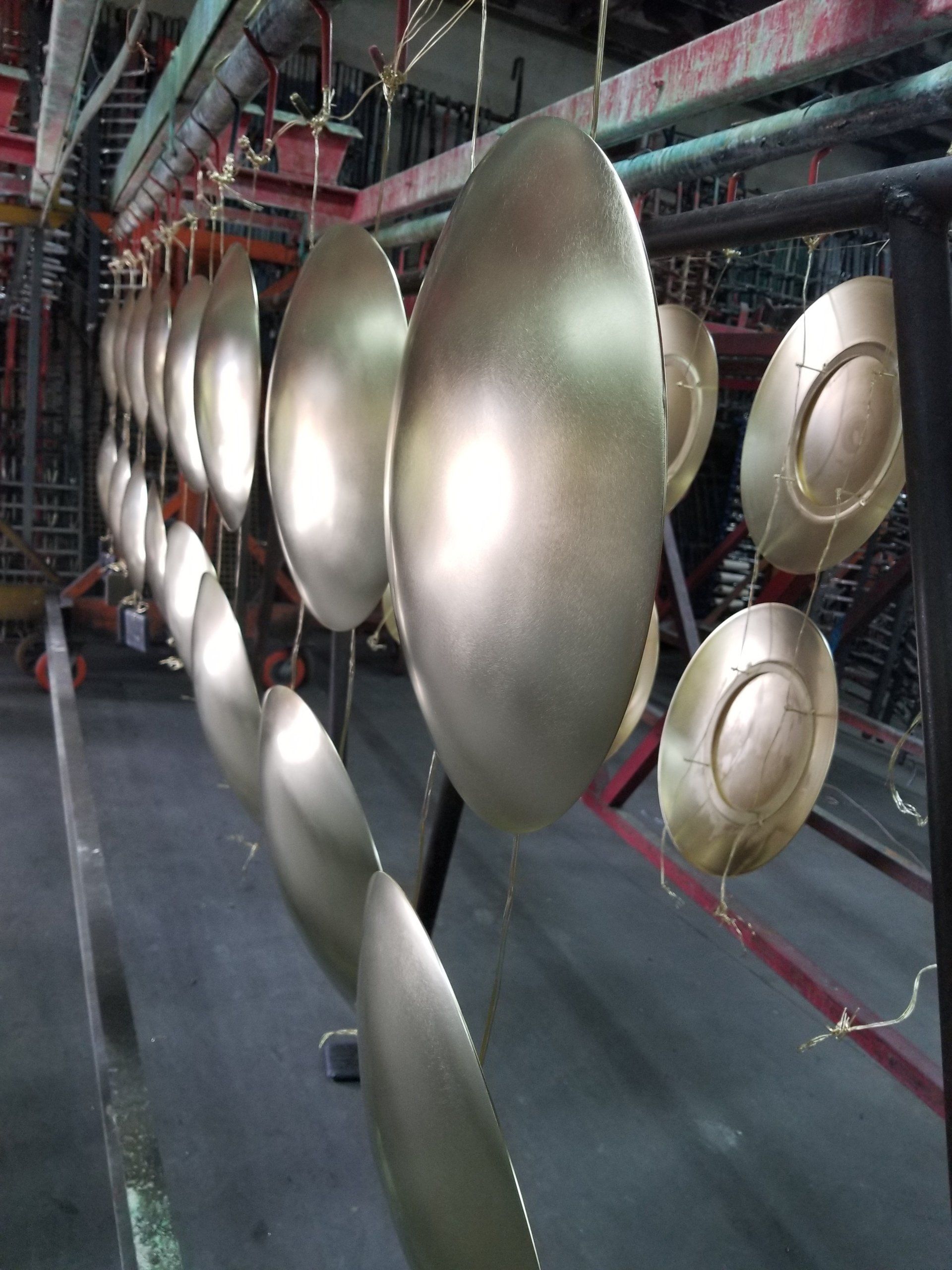



 323-268-6353
323-268-6353
 323-268-6353
323-268-6353